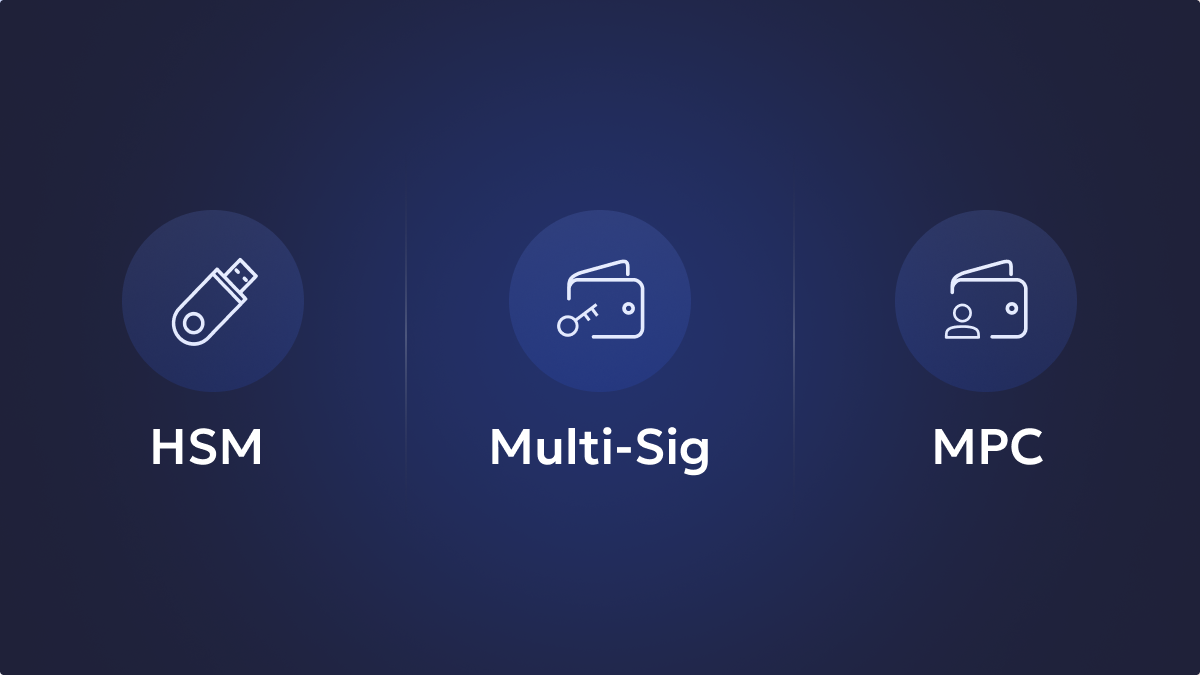Cryptocurrencies are undoubtedly one of the most popular asset classes that present a huge profit-making potential to investors. The most common ways to make profits on crypto investments is either through appreciation in the value of assets held over a long term or by trading them against fiat and other crypto assets to capitalize on the price difference arising out of market movements.
Crypto trading requires the active involvement of asset holders, using various available crypto-trading instruments, many of which share similarities with the traditional ones dealing with forex, stocks, commodities, derivatives, and more. However, there is another way to generate returns from crypto holdings which has become quite popular with DeFi applications, and it is called Staking.
What is Staking?
In general, Staking is the process of contributing toward certain network functions by locking crypto assets on a smart contract. In return, the protocol will issue rewards in the form of their native tokens as an incentive for participation. The rewards continue to be issued as long as the tokens are staked, and at the end of the staking period, users can withdraw those staked assets to their wallets.
Unlock the potential of digital assets for your institution
Proof-of-Stake, where Staking Secures the Blockchain
The origins of staking can be traced back to the introduction of the Proof-of-Stake consensus mechanism in the crypto ecosystem. Unlike the Proof-of-Work consensus popularized by Bitcoin, where miners discover new blocks by solving complex cryptographic problems and commit transactions on them, Proof-of-Stake (PoS) protocols randomly assign validators for each new block to validate and confirm transactions happening over the network.
Validators operate blockchain nodes on a PoS blockchain, and to become one, they need to stake a minimum prescribed amount of native protocol tokens. These staked tokens act as a security deposit to ensure sufficient uptime of nodes and as a deterrent to any malicious activity on the node operator’s part. While there is no upper limit for the staking amount, weightage is given to validators with the highest stake resulting in more blocks being assigned to them. For their services, validators receive rewards in the form of freshly minted protocol tokens and/or a portion of transaction fees collected by the network.
Staking to Earn on a PoS Network
While validators earn by staking their tokens and performing critical functions necessary for the upkeep of a PoS network, regular crypto users can also benefit by staking their tokens with validators. In a process called delegation, community members and protocol token holders can stake their assets with existing validators. By doing so, they contribute to the overall staking volume of the validator and receive a share in rewards earned by the validator. While the reward percentage may not be as high as those received by the validators, delegators get to earn a passive income without having to worry about staking volumes and infrastructure requirements.
Secure and manage your digital assets with Liminal
While earning considerable gains is a common theme in staking, it provides far more benefits than those that meet the eye. A powerful incentive that staking gives network participants, both validators and delegators, is that they are involved in making decisions that govern the future of the blockchain network. This concept of governance based on users staking their assets has also led to the rise of entities in the decentralized world known as Decentralized Autonomous Organizations (DAOs).
Moreover, the PoS consensus mechanism eliminates the need for high processing power, reducing the power consumption of blockchains by up to 99%, making this technology highly sustainable. PoS is also making blockchain networks scalable and increasing their throughput. With more people exploring what DeFi has to offer, the increased scalability, thanks to PoS, is a major boon.
Staking On DeFi Protocols
While staking can secure entire blockchain networks and reward participants for their efforts, following a similar mechanism to contribute to DeFi protocols also earns rewards for stakers. Far from securing a blockchain network, the concept of staking in the DeFi ecosystem refers to liquidity provisioning to various protocols by depositing crypto assets over a certain duration. Today, staking is a highly popular means of investment in DeFi, which ensures the presence of liquidity in protocols like lending-borrowing platforms, AMM DEXs, and more. The rewards offered for DeFi staking, as well as the risk they carry, varies from one protocol to another. While staking in reputed platforms is relatively low risk, it is generally outweighed by the reward payouts they offer. However, one should do their own research about the reliability and sustainability of the DeFi protocol, security concerns, and more before investing in any of them.
Lending Pools
Lending pools are a common sight in various lending-borrowing protocols where liquidity is provided by the community to issue loans. In return, stakers earn a portion of the interest paid by borrowers in proportion to their contribution to the lending pool. The interest varies based on the demand for staked assets — higher demands mean higher earnings and vice versa.
Liquidity Pools
Staking in liquidity pools of DeFi exchanges known as AMM DEXs allows the platform to maintain sufficient liquidity of supported token pairs. Most liquidity pools require users to stake an equivalent value of both crypto assets in a token pair, allowing other users to swap one token for another. Whenever a swap occurs, the token to be exchanged will be deposited into the liquidity pool and the corresponding token in the token pair is withdrawn for the pool into the user’s wallet. Each swap will have an associated exchange fee, and a percentage of such fee is proportionally distributed among liquidity providers.
Whenever a user stakes a token pair on any liquidity pool, LP tokens signifying their contribution will be issued, which can be used to reclaim their stake at a later date. To encourage liquidity provisioning, many protocols offer additional incentives to LP token holders.
Yield Farming
Staking LP tokens on farming contracts is generally known as yield farming. Known to offer high returns, farming protocols allow users to stake LP tokens received while staking asset pairs in liquidity pools to earn additional rewards in the form of one or both tokens that are part of the liquidity pool. Also known as liquidity mining, stakers on yield farming platforms receive rewards on top of the earnings accrued from liquidity provisioning on AMM DEXs. Meanwhile, by offering additional rewards through yield farming, projects keep existing liquidity providers locked in while attracting new investors to ensure adequate liquidity in the protocol at all times.
That’s not all, many crypto projects also offer staking opportunities within their protocols to incentivize early token holders. By offering them rewards in the form of additional utility tokens of the project for locking their tokens for a certain duration, these projects effectively discourage community members from selling the tokens, thereby restricting supply in the open market, which results in increased valuation of the said token.
Now, Should You Consider Staking Your Crypto Assets?
Staking is benefitting everyone in the cryptocurrency community in various ways. It is changing blockchain technology for the better, making it scalable and green — all while generously rewarding those involved. Of course, it comes with its risks like any investment tool. But thorough research and planning can offer you great rewards — monetarily and beyond, like highly democratic protocols whose future you can influence.
At Liminal, when it comes to staking, we have plenty of things to talk about. Keep an eye out on our blog and official channels for announcements regarding our Staking Solutions.
Learn more about Liminal here.
Become #LiminalSecure today, and do not forget to follow our blog and social media channels to keep yourself updated.






